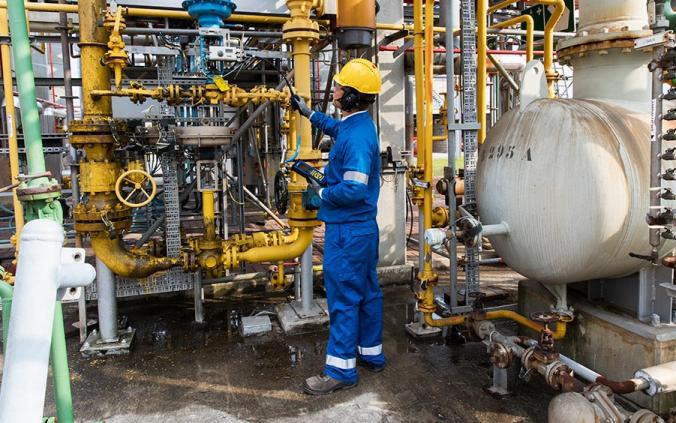3 Min Read
For any business using some type of mechanical asset, it’s essential that those assets perform optimally while keeping downtime to a minimum.
Stability, efficiency, production scheduled compliance, cost management and improved safety – initiates the outcome of effective machine maintenance.
Definitely worth the investment!
What is Machine Maintenance?
Machine maintenance is a necessity, ensuring the performance of all assets continue to function seamlessly while minimizing downtime. Maintenance includes routine checks and servicing, realignment, repair work, or replacement of worn or damaged parts.
Maintenance should be done proactively to prevent possible breakdowns and not only reactively once something has already broken down. Proactive machine maintenance consists of both preventive and predictive maintenance.
Preventive maintenance focuses on utilizing regularly scheduled service of equipment ensuring asset reliability. Predictive maintenance uses continuous monitoring to determine the real-time condition of equipment, which helps to quickly identify possible issues and reduce unexpected outages and costly repairs.
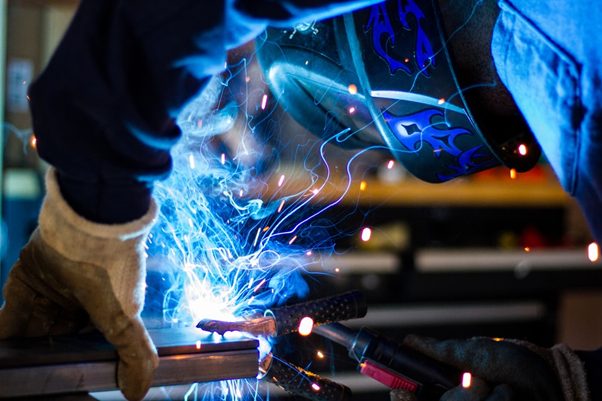
Why is Machine Maintenance Important?
Machine maintenance is an essential part of any operation considering it impacts each asset. All assets must perform at peak conditions to ensure reliability, stability, and production targets. Additionally, effective machine maintenance results in less costly emergency repairs and outages.
Therefore, an integrated machine maintenance strategy is non-negotiable. This strategy will include various types of maintenance tailored to your company’s specific needs and circumstances.
How Many Types of Machine Maintenance are There?
Broadly, there are three main categories, along with nine sub-categories of machine maintenance, each listing individual advantages and disadvantages. Determining the right combination of machine maintenance helps guarantee delivery of your business goals.
Category 1: Reactive or Corrective Maintenance
Reactive or corrective maintenance takes place once an equipment failure has occurred. It’s used to restore failed equipment and is done at irregular intervals. The focus is on repairing equipment in the shortest possible time. Typically, three types of machine maintenance fall within this category.
a. Run-to-failure
This type of failure will not have significant safety, process, or environmental impact. Thus, the failure will not require any emergency repair work. This deliberate strategy was determined acceptable for an asset run-to-failure.
A run-to-failure strategy can be used for general applications such as lighting and non-essential equipment. This makes sense when an application’s cost of repair after a breakdown is less than the cost of any other maintenance type with no significant process, safety, or environmental risks.
Be very careful when selecting run-to-failure as a strategy – be sure that the work will not become emergency work as this is 3 – 5 times more expensive than planned work (https://roadtoreliability.com) and will create a culture of firefighting.
b. Emergency Maintenance
Emergency maintenance is done when a failure occurs that requires urgent attention. This type of maintenance results in unscheduled breaks and upsets the entire planning schedule.
These unplanned outages negatively impact reliability and predictability, put a strain on all resources, resulting in production losses, and are costly to repair. It also results in work being rescheduled, which could lead to other issues and possible breakdowns.
An effective integrated maintenance strategy is the best tool to prevent emergency work from occurring. This type of machine maintenance must be limited to the absolute minimum.
c. Deferred Maintenance
Deferred maintenance entails postponing certain maintenance activities due to reasons such as budget constraints, lack of resources, and schedule changes.
Deferred repairs are usually placed in the maintenance backlog to be addressed at a later stage. This practice could lead to huge reliability, safety, production, cost, and environmental impacts.
It is crucial to reduce deferred maintenance activities. Backlogged maintenance services must be prioritized and planned to reduce the backlog. All relevant role players must be involved during the prioritization and planning process to obtain buy-in and support for the execution thereof.
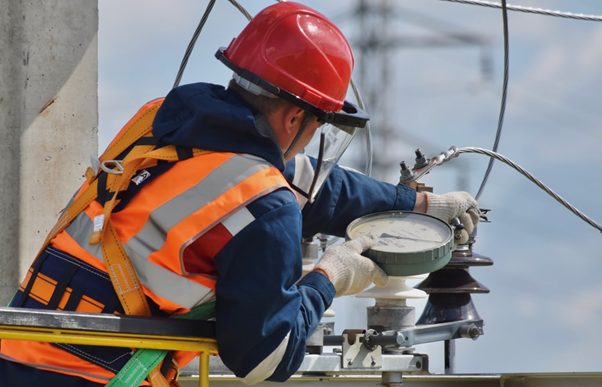
Category 2: Preventive Maintenance
Preventive maintenance involves regularly scheduled machine maintenance, identifying problems and repairs preventing failures or downtime from happening. Five types of machine maintenance make-up this category.
a. Routine Maintenance
Routine maintenance requires basic upkeep tasks such as testing, checking, lubricating, and replacing worn parts on a planned and continuous basis.
b. Time-based Maintenance
Time-based maintenance is preventive maintenance referring to replacing, renewing, or repairing equipment restoring reliability on a fixed schedule, regardless of the condition. The schedule could either be time or usage-based. Time-based machinery maintenance comprises maintenance activities scheduled at regular time intervals, e.g., monthly. Usage-based maintenance involves scheduling work based on the operation of the equipment, e.g., after 10 production cycles. Certain time-based maintenance activities are done to ensure statutory compliance.
Time-based maintenance aims to prevent failures by identifying parts that are subject to wear. It enables you to plan and schedule repairs timeously to prevent failures and unplanned downtime. Time-based maintenance is based on mean time between failure (MTBF) information and trends. This type of machine maintenance assumes that failure is age-related and a clear life cycle can be determined.
Time-based maintenance can not be used to effectively manage non-age-related failures and should only form a small percentage of the overall machine maintenance strategy.
c. Failure-Finding Maintenance
Failure-finding maintenance refers to tasks to detect or predict failures in protective systems such as pressure valves, alarms, and trip transmitters. These systems only function when a primary system failure occurs. It is impossible to determine if this equipment is still functional under normal operating conditions. The failures could therefore hidden.
Ensuring that protective systems are not in a failed state is essential for any operations to prevent major safety, process, and environmental incidents. Failure-finding preventive maintenance should be conducted at fixed-time intervals based on associated risk and statutory requirements.
d. Risk-Based Maintenance
For risk-based maintenance (RBM), a risk assessment methodology is applied to prioritize scarce maintenance resources to equipment that carries the most risk in case of failure. The risk assessment should be based on both likelihood and consequences of a failure.
High-risk, high-consequence equipment would subsequently have more frequent inspections and maintenance than lower-risk assets.
An effective risk-based machinery maintenance strategy will reduce the total risk of failure of all operations in a cost-effective manner.
Risk-based machinery maintenance forms an integral part of any preventive maintenance program and should be monitored and optimized continually to unlock optimal benefit.
e. Condition-based Maintenance
Condition-based maintenance is based on monitoring the actual condition of an asset. Machine maintenance is performed when there is evidence of impaired performance or a possible failure.
Various methods can be applied to monitor equipment conditions, such as visual inspections, scheduled tests, and analyzing performance data. Continuous monitoring could be done with the use of internal sensors.
By utilizing condition-based machine maintenance, work is executed on an as-needed basis. For this strategy to be effective, it is vital that regular, scheduled monitoring is done. All the necessary resources and spares are available when the work needs to be executed.
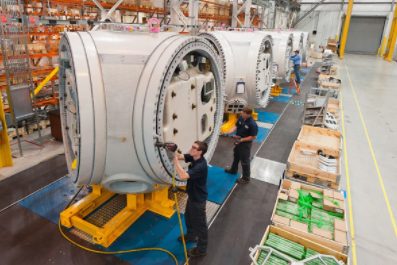
Category 3: Predictive Maintenance (PdM)
Predictive maintenance can be described as preventive maintenance, but with the major advances and new technology in this field, it will be discussed separately.
Predictive maintenance is an extension of and more advanced approach to condition-based monitoring. It entails real-time condition monitoring sensors and technology that gather huge quantities of data. Assets are connected via these sensors to the Internet of Things (IoT) technology, where advanced analytics and machine learning convert the data into intelligence that can be used to inform the machine maintenance strategy.
Predictive maintenance aims to predict when a failure will occur and determine the appropriate time for maintenance activities.
Huge benefits can be gained from predictive maintenance, such as reducing unplanned downtime, improved productivity and resource planning, and optimization of spare parts. It will result in improved overall asset reliability and optimal equipment life span.
The upfront set-up and training costs might be high, but the long-term return on investment significantly outweighs this.

What Steps Can I Take to Improve Uptime from Machinery Maintenance Strategies?
There are several steps you can take to improve uptime from your machinery maintenance strategies.ams in the long run.
- Move from reactive to preventive and predictive maintenance.
- Improve preventive maintenance by investing in quality predictive maintenance tools, technologies, and software (IoT). Ensure proper training of personnel in the use of these tools and technologies.
- Integrate data into a computerized maintenance management system (CMMS). Invest in the latest cloud-based technology that allows for integrating other software and is accessible from any web-enabled device.
- Develop solid checklists – these checklists should be incorporated in work orders via the CMMS system.
- Implement problem-failure-action codes. Even if you have integrated preventive and predictive maintenance programs in place, unplanned breakdowns are bound to happen. These codes can be used to understand and analyze failures as input into proactive programs in the long-run.
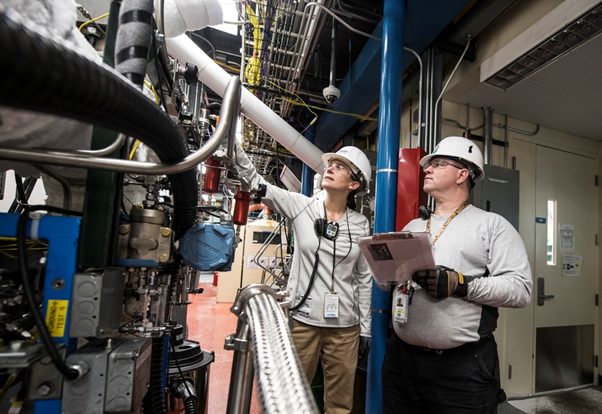
What Types of Machine Maintenance Should be Performed Regularly?
To ensure equipment functionality and to minimize downtime, a combination of preventive, predictive, and corrective maintenance must be performed regularly.
Final Thoughts
A strategic machine maintenance program specifically indicates what type of integrated maintenance program is essential for your organization.
This maintenance program or schedule should include the right balance of reactive, preventive and predictive maintenance strategies for your organization.
At first it may seem time-consuming and costly while establishing maintenance strategies, processes and technologies, but there will be a significant return on investment in the long term.
Reliability, predictability, improved safety, cost management along with increased profit and environmental performance – these are the advantages of an effective machine maintenance program. Worth it.

